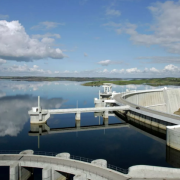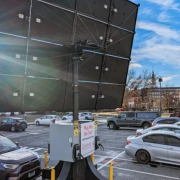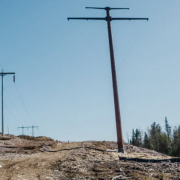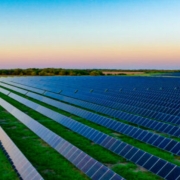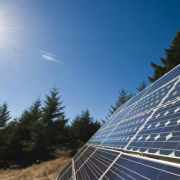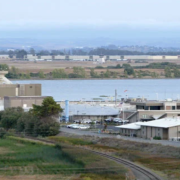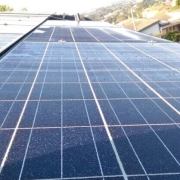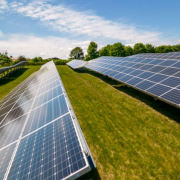Portugal has made huge progress in renewable power, up from 27 per cent in 2005 and 54 per cent in 2017.
Portugal generated an ‘historic’ 95 per cent of its electricity from renewables in April, according to the network operator REN.
Renewable energy generation averaged just below that for the first four months of the year, covering 91 per cent of the nation’s power needs.
It’s one national good news story within a great continental shift: fossil fuels provided less than a quarter of the EU’s energy for the first time ever last month.
Click here to read the full article
Source: Euro News
—
If you have any questions or thoughts about the topic, feel free to contact us here or leave a comment below.

